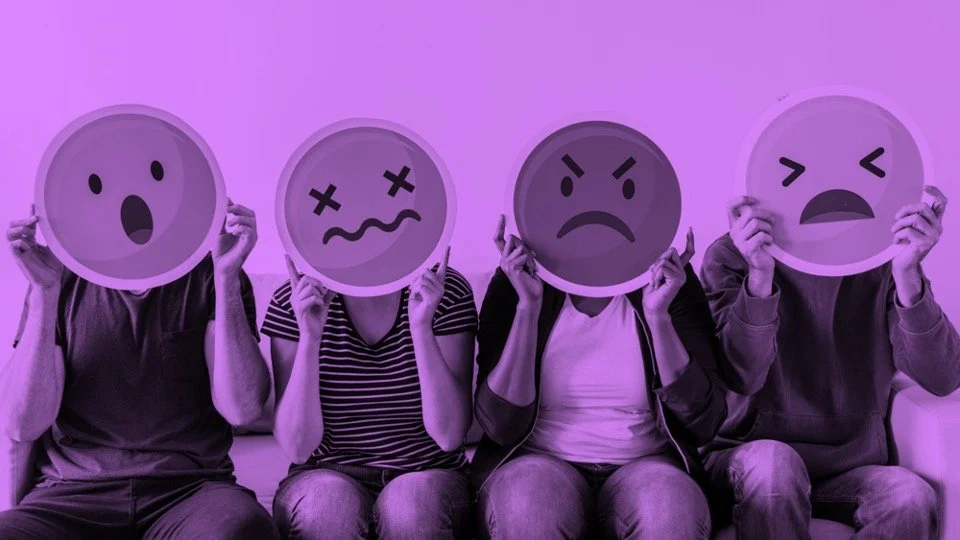How to Use Behavioural Science to Triple Your Sales 👨🔬
In the ever-evolving landscape of sales, understanding human behaviour is crucial. Behavioural science, which studies how people make decisions, offers invaluable insights that can be harnessed to improve sales strategies. By applying principles from behavioural science, sales professionals can better influence customer behaviour, resulting in increased conversions and higher sales. Let’s explore how you can use these insights to triple your sales.
The Power of Cognitive Biases
Cognitive biases are systematic patterns of deviation from norm or rationality in judgment, which often affect customer decisions. By understanding these biases, sales teams can craft strategies that align with natural human tendencies.
Anchoring Effect
The anchoring effect is where individuals rely heavily on the first piece of information they receive when making decisions. In sales, setting an anchor can guide customers towards making favourable decisions. For instance, presenting a high-priced option first can make subsequent options seem more affordable, thus increasing the likelihood of a purchase.
A practical example of this is seen in retail pricing strategies. When customers are first shown a high-priced item, their perception of value is anchored to that price. Subsequent items that are lower in price appear to be bargains, even if they are still relatively expensive. Williams-Sonoma experienced this effect when they introduced a $429 bread maker. Initially, a $275 model struggled to sell, but after the introduction of the higher-priced model, sales of the $275 unit increased significantly. Customers perceived the $275 bread maker as a good deal compared to the more expensive option (Harvard Business Review).
The anchoring effect can also be applied in negotiations. When a salesperson sets a high initial offer, it anchors the negotiation around that figure, often resulting in a higher final sale price. This tactic works because the initial number, no matter how arbitrary, becomes a reference point for all subsequent decisions.
Recency Effect
The recency effect is the tendency to remember and give more weight to the most recent information. This can be strategically utilised in sales presentations and pitches. By placing the most compelling benefits and calls to action towards the end of a presentation, salespeople can ensure these points are fresh in the customer’s mind when making a decision.
Consider how product demonstrations are structured. The most impressive features are often showcased last to leave a lasting impression. Similarly, in sales emails or proposals, summarising the key benefits and next steps at the end can reinforce the message and drive action.
Leveraging Social Proof
Social proof is a psychological phenomenon where people assume the actions of others in an attempt to reflect correct behaviour. It’s a powerful tool in sales because potential customers often look to the behaviour of others to guide their own decisions.
Displaying customer testimonials and reviews prominently can significantly influence new customers. According to a survey by BrightLocal, 91% of consumers trust online reviews as much as personal recommendations (BrightLocal). Amazon’s effective use of ratings, reviews, and purchase numbers is a prime example of leveraging social proof to drive sales.
Testimonials and Reviews
Customer testimonials and reviews are potent tools for establishing credibility and trust. Prospective buyers are more likely to trust the experiences of their peers than the claims made by a company. Featuring detailed reviews, especially those that address common concerns or highlight specific benefits, can significantly influence purchasing decisions.
For example, a prospective buyer looking at a software solution might be swayed by a testimonial from a user who faced similar challenges and found the product beneficial. This social proof provides reassurance and reduces perceived risk.
Influencer Endorsements
Another form of social proof comes from influencer endorsements. When respected figures in an industry endorse a product, their followers are more likely to trust and purchase from that brand. This strategy leverages the credibility and reach of influencers to boost sales.
For instance, fitness brands often collaborate with popular fitness influencers who showcase the products in action, provide reviews, and offer exclusive discounts. Followers who trust these influencers are more likely to purchase the recommended products.
Creating a Sense of Scarcity
Scarcity is a principle that describes the human tendency to place a higher value on items that are perceived to be limited in availability. Creating a sense of urgency and scarcity can prompt quicker purchasing decisions.
Limited-Time Offers
Limited-time offers or flash sales create a sense of urgency. When customers believe that they might miss out on a deal, they are more likely to make a purchase. This urgency can be effectively communicated through countdown timers, limited availability messages, and deadlines.
For example, e-commerce platforms often use countdown timers to highlight the end of a sale. This visual cue increases the perceived urgency, encouraging customers to act quickly. Booking.com employs this strategy effectively by displaying messages like “Only 2 rooms left” or “Booked 5 times in the last 24 hours,” pushing potential customers towards faster decision-making (Booking.com).
Exclusive Products
Offering exclusive products or editions can also create a sense of scarcity. Limited edition products or early access to new releases can incentivise customers to act quickly. This strategy not only drives immediate sales but also enhances brand value by creating a perception of exclusivity.
Apple, for example, often releases limited editions of their products or provides early access to new models for a select group of customers. This creates buzz and anticipation, leading to higher demand and quicker sales.
Utilising Reciprocity
Reciprocity is a social norm where people feel compelled to return a favour when someone does something for them. In sales, providing value upfront can encourage customers to reciprocate by making a purchase.
Free Trials and Samples
Offering free trials or samples allows potential customers to experience the value of your product without any risk. This can build trust and make them more likely to purchase after the trial period. Software companies frequently use this strategy, offering free trials to let users explore the features and benefits before committing to a purchase.
For example, Adobe offers a free trial of its Creative Cloud suite, allowing users to experience the full capabilities of the software. This approach not only demonstrates the value of the product but also reduces the perceived risk, increasing the likelihood of conversion.
Content and Resources
Providing valuable content, such as whitepapers, eBooks, or webinars, can also invoke reciprocity. By giving away helpful information, you build goodwill and position your brand as a valuable resource. When it comes time to make a purchase, customers are more likely to choose a brand that has already provided value.
HubSpot’s strategy of offering a wealth of free resources and tools has not only helped businesses improve their marketing efforts but also created a sense of obligation to consider HubSpot’s paid services when the need arises (HubSpot).
Enhancing the Customer Experience
A positive customer experience is crucial for driving sales. Behavioural science can help identify ways to improve the customer journey, making it more satisfying and likely to lead to conversions.
Personalisation
Personalised experiences can significantly impact customer satisfaction and loyalty. By using data to tailor recommendations and communications, you can make customers feel valued and understood. According to a report by Epsilon, 80% of consumers are more likely to make a purchase when brands offer personalised experiences (Epsilon).
Personalisation can be as simple as addressing customers by their name in emails or as complex as using AI to provide customised product recommendations based on past behaviours. Companies like Amazon and Netflix have mastered this art, offering personalised suggestions that keep customers engaged and returning.
Simplifying Decision Making
Too many choices can overwhelm customers and lead to decision paralysis. Simplifying the decision-making process by curating options and providing clear, concise information can help guide customers towards a purchase. Techniques such as highlighting a “best choice” or “most popular” option can reduce the cognitive load and facilitate quicker decisions.
Conclusion
Understanding and applying behavioural science principles can transform your sales strategies and significantly boost your revenue. By leveraging cognitive biases, social proof, scarcity, reciprocity, and enhancing the customer experience, you can create a more compelling sales process that resonates with customers on a deeper psychological level. The journey to tripling your sales involves continuous learning, adapting to new insights, and always keeping the customer at the heart of your strategies.
References:
1. Harvard Business Review on Customer Experience

